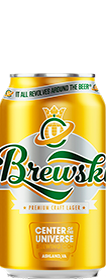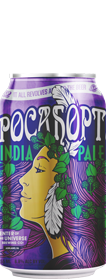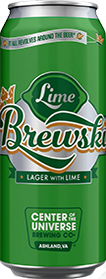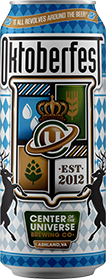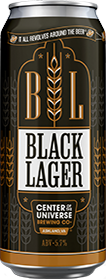Alcohol by volume (abbreviated as ABV, abv, or alc/vol) is a standard measure of how much alcohol (ethanol) is contained in an alcoholic beverage.
During the production of wine and beer, yeast is added to a sugary solution. During fermentation, the yeast organisms consume the sugars and produce alcohol. The density of sugar in water is greater than the density of alcohol in water. A hydrometer is used to measure the change in specific gravity (SG) of the solution before and after fermentation. The volume of alcohol in the solution can then be calculated.
To find the alcohol of your beer, you will need both your OG (original) and TG (target). Simply plug those numbers in the following formula:
ABV = (1.05/0.79) x ((OG – TG) / TG) x 100
Where 1.05 is the number of grams of ethanol produced for every gram of CO2 produced, and .79 is the density of ethanol.


